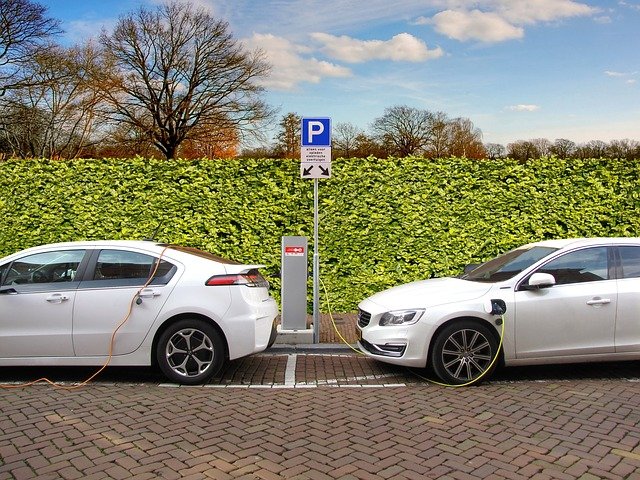The Volvo expands its collaboration with NVIDIA, to make use of NVIDIA DRIVE Orin in next-generation models. This is the technology with which the standalone computer will work.
High computing power is a prerequisite for safe autonomous driving. NVIDIA DRIVE Orin, which is essentially an artificial intelligence computing platform and a pioneering automotive industry, is capable of performing an unprecedented number of 254 trillion transactions per second.
Volvo intends to become the first global carmaker to use this technology for its next generation of models, which are based on the next modular architecture platform, SPA2. The first car to be equipped with microcircuit system technology is the next-generation Volvo XC90, which will be introduced next year.
All this is part of the Swedish company’s plan to achieve the highest possible safety standards. The technology will be combined with software developed in-house by Zenseact, as well as spare brake and steering systems.
The extra computing power and graphics processing offered by NVIDIA DRIVE Orin make it possible to use advanced sensor sets required for autonomous driving, such as the advanced LiDAR technology developed by Luminar.
The SPA2 platform will be scalable for autonomous driving from the start of production. Unsupervised Highway Pilot will be activated when it is verified to be safe in specific geographical locations and conditions.
The processor will manage vital functions of the car, such as basic software, power management and driver assistance. Works with standalone drive and focuses on tasks that require intensive computation, such as artificial vision and data processing by LiDAR, providing the high level of security required for standalone driving.
In this way, Volvo integrates computers into its next-generation cars to make them safer, more personalized and more sustainable, ensuring their continuous improvement.
Switching to a centralized computing architecture reduces complexity. Instead of relying on multiple in-car control modules to control the various functions and systems, much of the software is now being developed in-house and installed on a in-car host. This allows for more frequent upgrades, but also the development of features through wireless upgrades.
The final negotiation of the two sides is pending for the finalization of the financial terms of the enhanced cooperation between Volvo and NVIDIA.



